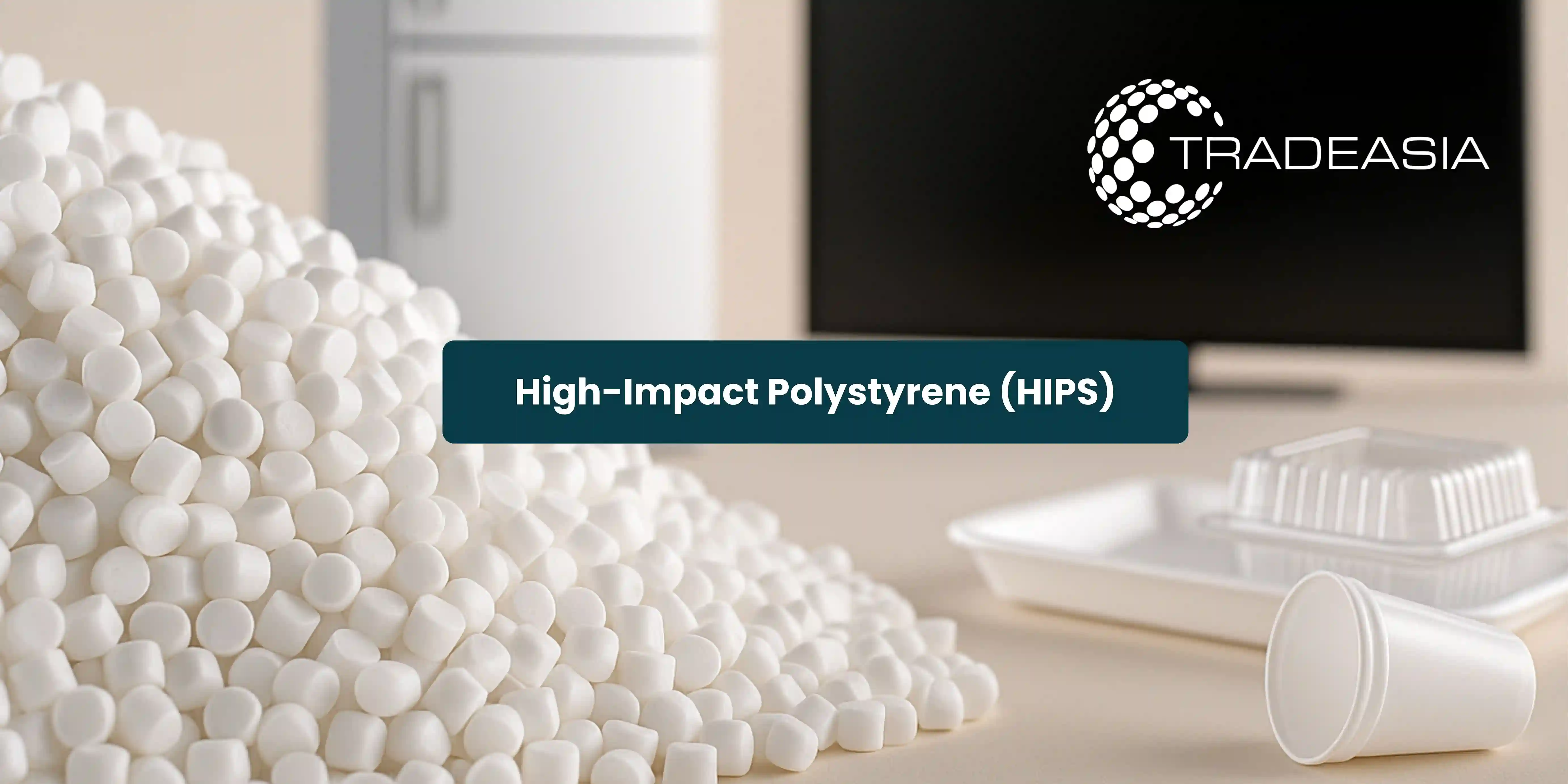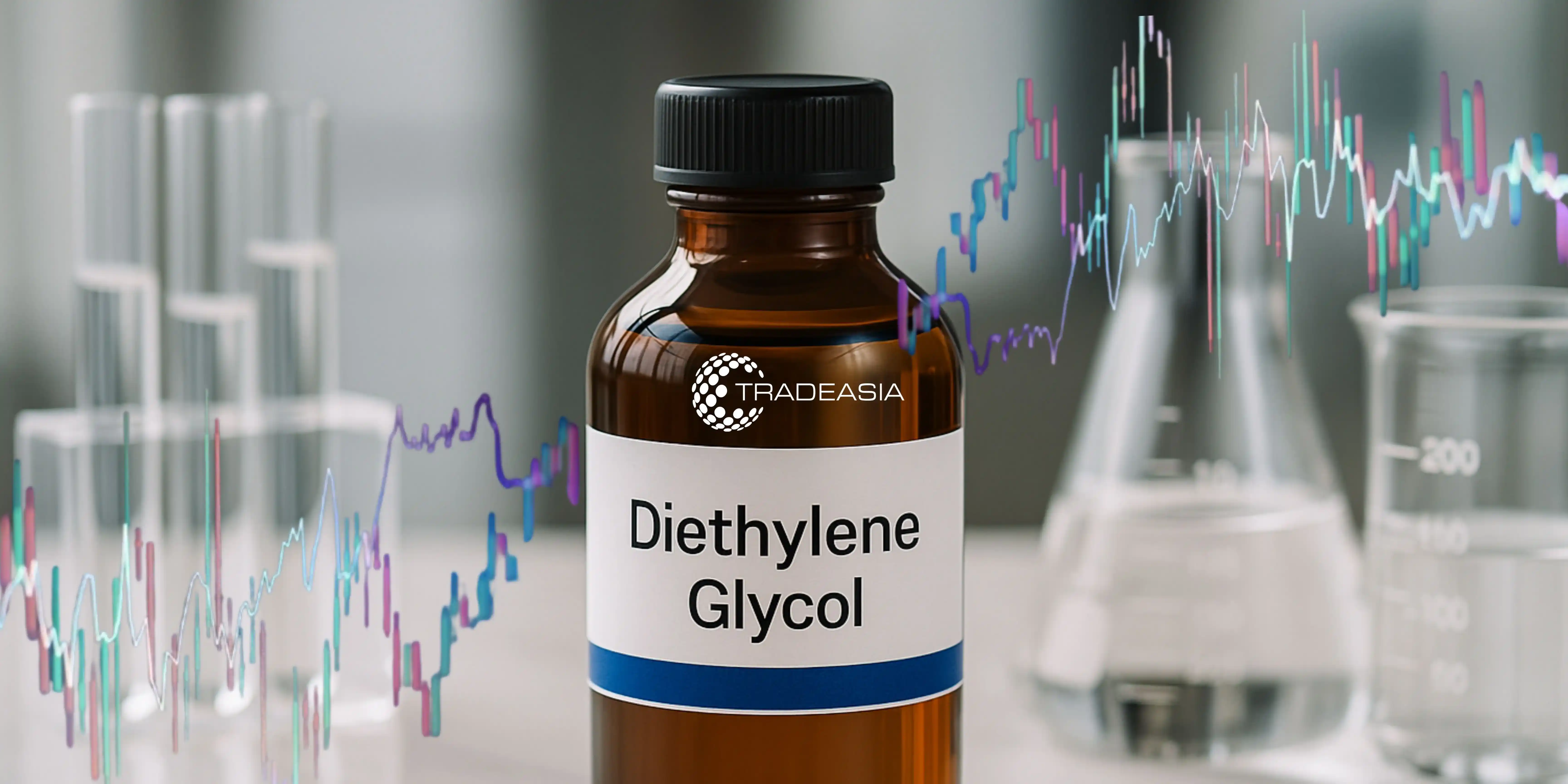The Strategic Role of Nylon 6 in Global Manufacturing
Nylon 6, also known as polycaprolactam, is one of the most widely used engineering thermoplastics. Known for its strength, durability, and versatility, Nylon 6 plays a crucial role in industries ranging from textiles to automotive and electronics. Unlike other synthetic fibers, Nylon 6 combines high tensile strength with chemical resistance, making it a preferred choice for global manufacturers.
Produced through the ring-opening polymerization of caprolactam, Nylon 6 has a semi-crystalline structure that allows for excellent mechanical properties. Its applications extend from everyday consumer goods, such as fabrics and carpets, to high-performance engineering components like gears, bearings, and automotive parts. This duality of application across mass markets and specialized industries underscores its importance in global manufacturing.
From 2025 to 2035, the market for Nylon 6 is projected to witness steady growth, driven by sustainability trends, technological innovation, and expanding industrial demand. This article explores the key trends, applications, regional insights, sustainability considerations, and future outlook shaping the Nylon 6 market globally.
Global Market Trends for Nylon 6
The global Nylon 6 market is poised for consistent growth between 2025 and 2035. According to Mordor Intelligence, the market is projected to grow at a CAGR of around 4–5%, fueled by rising demand in automotive, electronics, and textiles.
One of the main drivers of growth is the increasing use of lightweight and durable materials in the automotive and aerospace industries. As manufacturers seek alternatives to metal components to reduce vehicle weight and improve fuel efficiency, Nylon 6 offers a cost-effective and high-performance solution.
Another significant trend is the rise of the circular economy, which is influencing the production and recycling of Nylon 6. More companies are investing in recycled caprolactam technologies to reduce reliance on virgin raw materials and lower carbon footprints, enhancing the long-term sustainability of the market.
Key Applications of Nylon 6
-
Textiles and Apparel
Nylon 6 is widely used in textiles due to its softness, strength, and elasticity. Applications range from sportswear and hosiery to industrial fabrics and carpets. Its ability to withstand abrasion makes it suitable for high-performance apparel and commercial flooring solutions.
-
Automotive and Engineering Plastics
In the automotive sector, Nylon 6 is utilized for under-the-hood components such as air intake manifolds, gears, and radiator fans. Its resistance to heat and chemicals ensures durability in demanding environments. Engineering plastics made from Nylon 6 also find use in mechanical parts like bearings and seals.
-
Electrical and Consumer Goods
Nylon 6 is increasingly used in electrical applications such as connectors, switches, and casings. Its insulating properties and mechanical stability make it a reliable material for consumer electronics and household goods.
Regional Market Insights
-
Asia-Pacific
Asia-Pacific dominates the global Nylon 6 market, with China and India leading in both production and consumption. The region’s large textile industry and expanding automotive sector drive significant demand.
-
Europe
In Europe, sustainability and innovation are key factors influencing the Nylon 6 market. Companies are investing in recycled Nylon 6, especially for applications in fashion and automotive, aligning with the EU’s circular economy goals.
-
North America
The North American market remains strong, supported by the automotive and aerospace industries. With a focus on lightweight materials for improved efficiency, Nylon 6 continues to replace metals and other plastics in engineering applications.
Price Trends and Supply Chain Dynamics
The cost of Nylon 6 is closely linked to the price of its raw material, caprolactam, which is derived from petrochemicals. Fluctuations in crude oil prices and supply chain disruptions directly affect production costs and market pricing.
In recent years, global supply chains have been challenged by geopolitical tensions and shipping delays. Manufacturers are increasingly diversifying sourcing strategies and investing in regional production hubs to mitigate risks.
Despite price volatility, Nylon 6 remains competitive due to its balance of performance and cost-effectiveness. As industries seek more resilient supply chains, investments in local recycling facilities and bio-based production are likely to gain momentum.
Sustainability and Recycling of Nylon 6
Sustainability is reshaping the Nylon 6 industry. The production of virgin Nylon 6 is energy-intensive, leading to environmental concerns. However, the development of recycled Nylon 6 is creating new opportunities for a greener market.
Recycled Nylon 6 is produced by depolymerizing waste Nylon products back into caprolactam, which can then be repolymerized into new Nylon 6 materials. This closed-loop recycling process significantly reduces greenhouse gas emissions and dependence on virgin petrochemicals.
Companies such as Aquafil and BASF are pioneering large-scale recycled Nylon 6 initiatives. These efforts are supported by increasing demand from fashion brands and automotive manufacturers seeking sustainable alternatives to traditional materials.
Competitive Landscape
The global Nylon 6 market is moderately consolidated, with leading companies such as BASF, Toray Industries, DSM, UBE Industries, and Aquafil dominating production. These players have integrated supply chains and invest heavily in R&D and sustainability.
Competition is intensifying with regional producers, particularly in Asia, expanding capacities to meet growing local demand. Smaller companies are also entering niche markets such as recycled Nylon 6 for fashion and specialty applications.
Strategic partnerships, mergers, and acquisitions are shaping the competitive landscape. Companies focusing on innovation and sustainability are expected to maintain strong positions in the market.
Market Outlook 2025-2035
The outlook for Nylon 6 between 2025 and 2035 is positive, with steady growth anticipated across multiple sectors. Textiles will remain a major application, but automotive, electrical, and sustainable fashion will drive significant expansion.
Asia-Pacific will continue to dominate production and consumption, while Europe and North America will lead in sustainable innovation and recycling technologies. This regional balance ensures a robust and diversified global market. By 2035, the integration of bio-based raw materials and advanced recycling processes is expected to transform the Nylon 6 industry into a more sustainable sector, aligned with global environmental goals.
Technological Innovations in Nylon 6 Production
The production of Nylon 6 is undergoing significant technological transformation. Traditional processes rely heavily on energy-intensive polymerization of caprolactam, but new innovations are targeting efficiency and sustainability. For example, process optimization through advanced catalysts is reducing energy consumption while maintaining product quality. These advancements are particularly important for global manufacturers seeking to reduce costs and carbon footprints.
Digital technologies and Industry 4.0 practices are also entering Nylon 6 production. Automated monitoring systems and AI-based process control allow manufacturers to ensure consistent polymer quality while minimizing waste. By integrating smart manufacturing practices, companies can streamline supply chains and respond more quickly to changes in global demand.
In addition, breakthroughs in bio-based Nylon 6 are emerging. By developing bio-caprolactam from renewable feedstocks, chemical companies are reducing dependence on fossil fuels. While still in early commercialization, these bio-based routes promise to reshape the long-term sustainability of the Nylon 6 market.
Challenges and Risks in the Nylon 6 Market
Despite its growth potential, the Nylon 6 industry faces several challenges. Raw material volatility remains one of the biggest risks, as caprolactam prices fluctuate with changes in oil and petrochemical markets. Manufacturers must develop flexible strategies to mitigate these cost pressures, including long-term supply agreements and vertical integration.
Environmental scrutiny also presents risks. Virgin Nylon 6 production is associated with greenhouse gas emissions and energy intensity, which could invite stricter regulations in Europe and North America. Companies failing to adapt with recycling or greener production may lose market competitiveness.
Finally, competition from alternative materials such as Nylon 66, polyesters, and advanced composites could limit Nylon 6’s growth in certain applications. Manufacturers will need to emphasize the unique properties of Nylon 6 such as affordability, recyclability, and versatility to maintain its strong position in global markets.
Conclusion
Nylon 6 has proven itself to be an indispensable material in global manufacturing, offering a unique balance of strength, durability, and cost-effectiveness. From textiles and consumer goods to automotive and electronics, its applications ensure steady demand across diverse industries.
Looking ahead to 2025–2035, Nylon 6 will continue to play a strategic role in industrial innovation. With technological advances such as bio-based production, Industry 4.0 integration, and closed-loop recycling, the material is becoming more aligned with sustainability goals. At the same time, rising global demand from Asia-Pacific and sustainable initiatives in Europe and North America will ensure a balanced growth trajectory.
Challenges such as raw material volatility, environmental concerns, and alternative competition will persist, but they also drive innovation. For investors, manufacturers, and policymakers, Nylon 6 represents not only a stable industrial opportunity but also a pathway toward greener, more resilient manufacturing practices. Its future will be defined by how effectively the industry adapts to sustainability and innovation demands, securing Nylon 6’s position as a cornerstone of global manufacturing for the next decade and beyond. For more insights, partnerships, or tailored Nylon 6 market solutions, please contact us
References


Leave a Comment